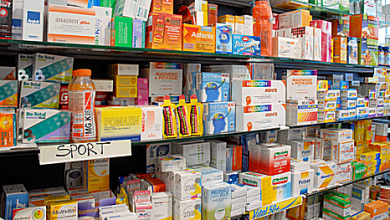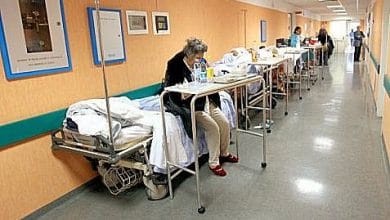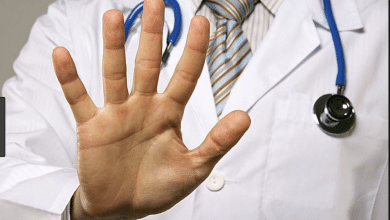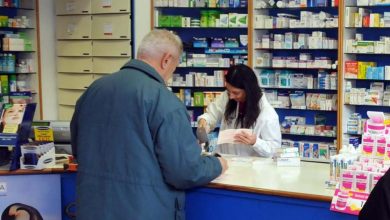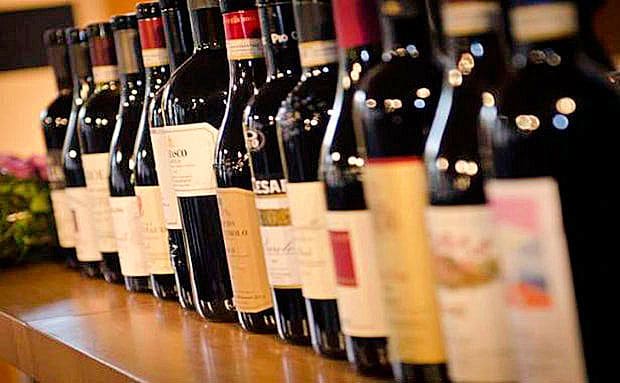
Until now, in deciding the price, the industries have based themselves on a single criterion: how much the "market" is willing to pay. To contain pharmaceutical expenditure, rather than trying to bring down prices, the watchword was appropriateness in prescribing medicines, because abuse and waste were frequent and almost unbridled
Lucio Luzzatto 07 September 2014 Sunday24 The sun 24 HOURS
Is it right that a bottle of Brunello di Montalcino costs 130 euros? The question has little to do with justice. Who would go to investigate how much it cost to produce it, and what is the profit margin? In any case, most of us are satisfied with an excellent Tuscan red that costs 8-10 euros. The question is quite different when it comes to a drug: if a patient has septicemia, aspirin cannot be used instead of amoxicillin, or in some cases of an even much more expensive antibiotic.
It is fortunate for us that it is the National Health Service (which rightly lives off our taxes) that pays in Italy, and in many European countries; and so far relatively few questions have been asked about what drives drug prices. It has been accepted, strangely for some of us, that the same free market laws apply to medicines as apply to wine. Yet at least two differences are glaring. 1) In the case of wine, we have a choice: we can buy Brunello, or a cheaper wine, or remain teetotal; in the case of drugs, on the other hand, life is often at stake. 2) In the case of wine, competition is clear and lively: to remain in the luxury sector, Brunello competes with Barolo or Amarone; in the case of drugs, on the other hand, there are more and more cases of diseases, rare or less rare, in which there is only one truly effective drug, and for 10-20 years it is protected by exclusivity. Therefore, if two cornerstones of the free market are freedom of prices and competition, one immediately sees that one of the two is already missing for drugs.
The spiral in pharmaceutical spending is worrying, not just for pharmacoeconomics experts. In practice there has hitherto been a degree of unwritten dichotomy: drugs for common diseases that cost relatively little (although increasingly more); and drugs for rare diseases that cost a lot (up to 330,000 euros a year for a disease that lasts many years). A few months ago  this dichotomy was broken when in the USA the FDA approved sofosbuvir (produced by Gilead under the trade name Sovaldi), currently the only drug which, in combination with other pre-existing ones, can not only cure, but heal the hepatitis C: there are about 2.7 million cases in the USA, and about one million in Italy. Price: $1,000 per pill; a cycle of treatment (and it's not always enough) requires 84 (for 84 thousand dollars). Some of us have long thought that the free drug market should be tempered by rules; now we get an assist from an unexpected source: the United States Senate. The Chairman of the US Senate Finance Committee has given Gilead 60 days to answer dozens of questions, ranging from their business plans, past and current expense reports on the drug's production, how they are promoting, and so on.
this dichotomy was broken when in the USA the FDA approved sofosbuvir (produced by Gilead under the trade name Sovaldi), currently the only drug which, in combination with other pre-existing ones, can not only cure, but heal the hepatitis C: there are about 2.7 million cases in the USA, and about one million in Italy. Price: $1,000 per pill; a cycle of treatment (and it's not always enough) requires 84 (for 84 thousand dollars). Some of us have long thought that the free drug market should be tempered by rules; now we get an assist from an unexpected source: the United States Senate. The Chairman of the US Senate Finance Committee has given Gilead 60 days to answer dozens of questions, ranging from their business plans, past and current expense reports on the drug's production, how they are promoting, and so on.
It is clear that the motive for the letter from the Senate is of an economic nature. Even making a selection of the most urgent cases to be treated, expenditures of billions of dollars are contemplated. The "Financial Times" of London, which in a documented article in July gave ample prominence to this letter, cites other elements that have caused the resentment of the Senate: above all that sofosbuvir will be sold at a "discount" of 30% in Great Britain and the 99% in Egypt, where a tablet will cost $11 instead of $1,000. Does it mean that the price in the US is grossly inflated, or that Americans are paying for the "discount" given to other countries? It seems to us that the central point is this: the price of a drug can no longer be arbitrary; it must be justified by the costs actually incurred, while allowing a reasonable profit margin. In other words, this borderline case has brought to the fore the fact that until now, in deciding the price, the industries have based themselves on a single criterion: how much the "market" is willing to pay. They applied the Brunello law; with the difference that if no one buys Brunello anymore the price will drop, while patients with hepatitis C don't have the option of doing without sofosbuvir if they want to recover.
In recent years Aifa (Italian Medicines Agency) and Ema (European Medicine Agency) have often worked very well and have imposed more stringent rules to optimize the use of drugs, including the more expensive ones; and progress has been made in the culture of doctors. Until now, to contain pharmaceutical expenditure, rather than trying to bring down prices, the watchword has been appropriateness in prescribing medicines, because abuse and waste were frequent and almost unbridled. Now that the appropriateness has improved, it is time to address a macroscopic anomaly: EMA approves new drugs for all of Europe, but does not have the mandate to negotiate prices from this. To correct this anomaly we don't need to wait for the United States of Europe (which some of us hope for): it is a political-economic decision that could be taken immediately, and which would make Europe the largest customer in the world for any drug .


